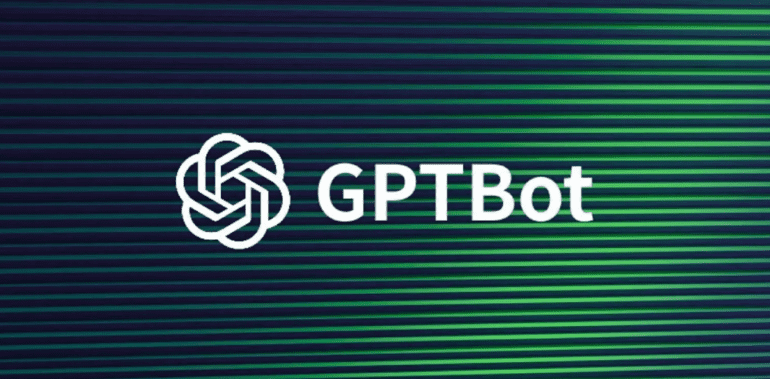TL;DR:
- Leading news organizations, including New York Times, CNN, Reuters, and ABC, have restricted OpenAI’s GPTBot web crawler’s access to their content.
- OpenAI’s GPTBot assists in refining AI models by scanning webpages.
- The restriction, visible in robots.txt files, raises concerns about copyrighted material usage.
- Large language models like ChatGPT rely on extensive data for training, often containing copyrighted material.
- Companies like Google propose opt-out mechanisms for AI systems to access publisher content.
- The move has implications for AI integration in news gathering and the need for transparency and regulation.
- Market impact could foster innovation in AI copyright systems and encourage dialogue on data usage rights.
Main AI News:
In a recent turn of events, notable news organizations like the New York Times, CNN, Reuters, and the Australian Broadcasting Corporation (ABC) have taken steps to limit access to OpenAI’s tool, thereby constraining the company’s ongoing efforts to retrieve its content. At the core of this matter is OpenAI’s widely recognized AI chatbot, ChatGPT, which derives its capabilities from a sophisticated web crawler named GPTBot. This web crawler serves the purpose of scanning webpages, a process instrumental in enhancing the AI models underpinning ChatGPT.
The initial revelation emerged from The Verge, shedding light on the New York Times’ decision to inhibit GPTBot’s activities on its platform. Subsequently, The Guardian undertook an investigation, revealing a similar pattern across other major news websites such as CNN, Reuters, the Chicago Tribune, and several brands under the Australian Community Media (ACM) umbrella, including the Canberra Times and the Newcastle Herald. These entities, it seems, have collectively disallowed the engagement of the GPTBot web crawler.
The mechanics of large language models like ChatGPT necessitate an extensive pool of data for effective training, enabling them to craft responses that mirror human language nuances. However, the origins of these datasets often shroud the incorporation of copyrighted material, a subject frequently guarded by the responsible companies.
The indication of GPTBot’s restriction can be traced within the publishers’ robots.txt files, designed to dictate permissible pages for crawlers originating from search engines and other entities.
OpenAI, in a blogpost, emphasized, “Allowing GPTBot to access your site can help AI models become more accurate and improve their general capabilities and safety.” The post further offered directives on how to impede the crawler’s access.
The embargo imposed on GPTBot became uniformly evident in August, as scrutinized across various outlets. Intriguingly, some entities also extended the embargo to CCBot, a web crawler associated with Common Crawl, an open repository for web data frequently employed in AI initiatives.
While CNN confirmed its decision to block GPTBot, it abstained from commentating on potential future actions concerning the utilization of its content within AI systems. A representative from Reuters articulated the company’s proactive stance in regularly assessing its robots.txt and site terms, emphasizing the safeguarding of their content’s intellectual property rights.
The New York Times amplified its policy against scraping its content for AI training and development. A spokesperson noted, “As of 3 August, its website rules explicitly prohibit the publisher’s content from being used for ‘the development of any software program, including, but not limited to, training a machine learning or artificial intelligence (AI) system’ without consent.”
The global news landscape finds itself at a crossroads, deliberating on the integration of AI in news collection while addressing the risk of content seeping into training datasets for AI entities. Notably, Agence France-Presse and Getty Images championed this cause by signing an open letter advocating AI regulation, particularly in terms of transparency in training set composition and consent for copyrighted material use.
Google has proposed a framework where AI systems possess the capacity to access publishers’ work unless explicit opt-outs are enacted.
In a pertinent Australian context, Google’s submission to the government’s AI regulatory review underscores the need for copyright systems that both permit the fair use of copyrighted content for training AI models and provide feasible opt-out mechanisms.
Research by OriginalityAI, an entity specializing in AI content analysis, brought to light that prominent websites such as Amazon and Shutterstock have also positioned restrictions on GPTBot.
Conclusion:
The deliberate restriction of OpenAI’s GPTBot by major news outlets underscores the complex interplay between AI advancement and copyrighted content protection. This development is poised to reshape the landscape of AI integration within the news sector, potentially leading to the formulation of more robust copyright mechanisms and a renewed focus on data sharing ethics. As the market adapts to these dynamics, it invites discussions on striking a balance between AI innovation and content ownership safeguards.

